Renault Twingo Z.E. Base FAQs

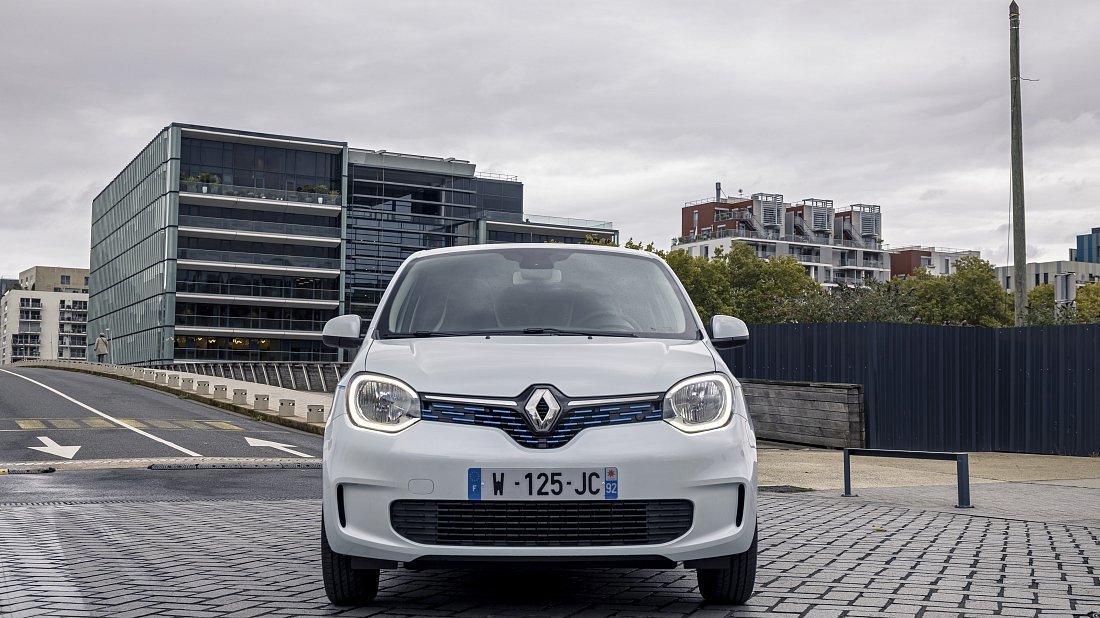

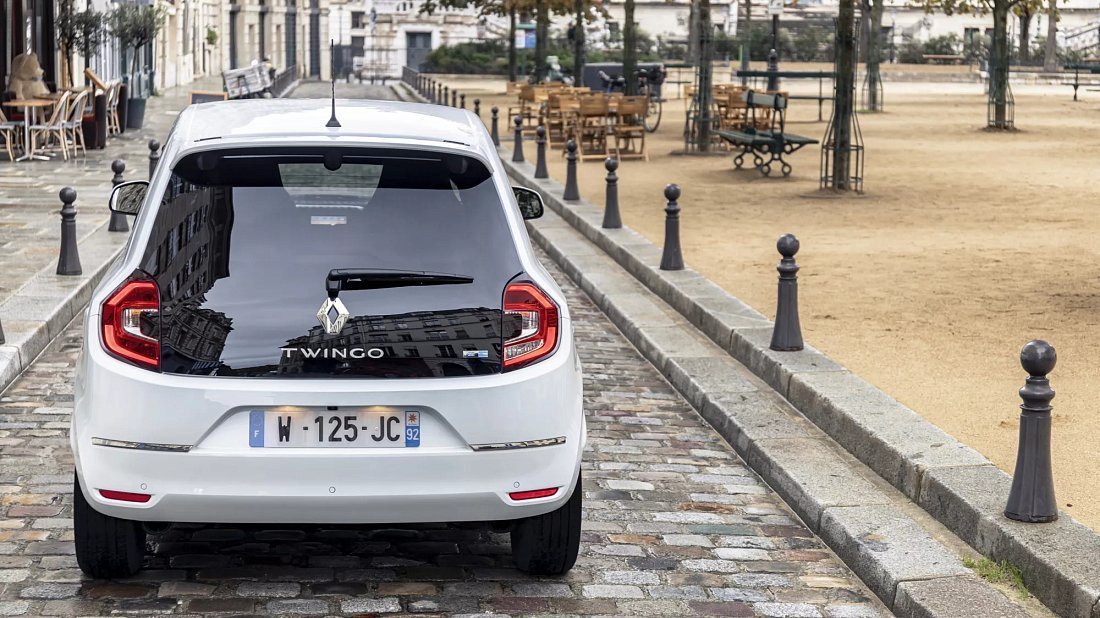
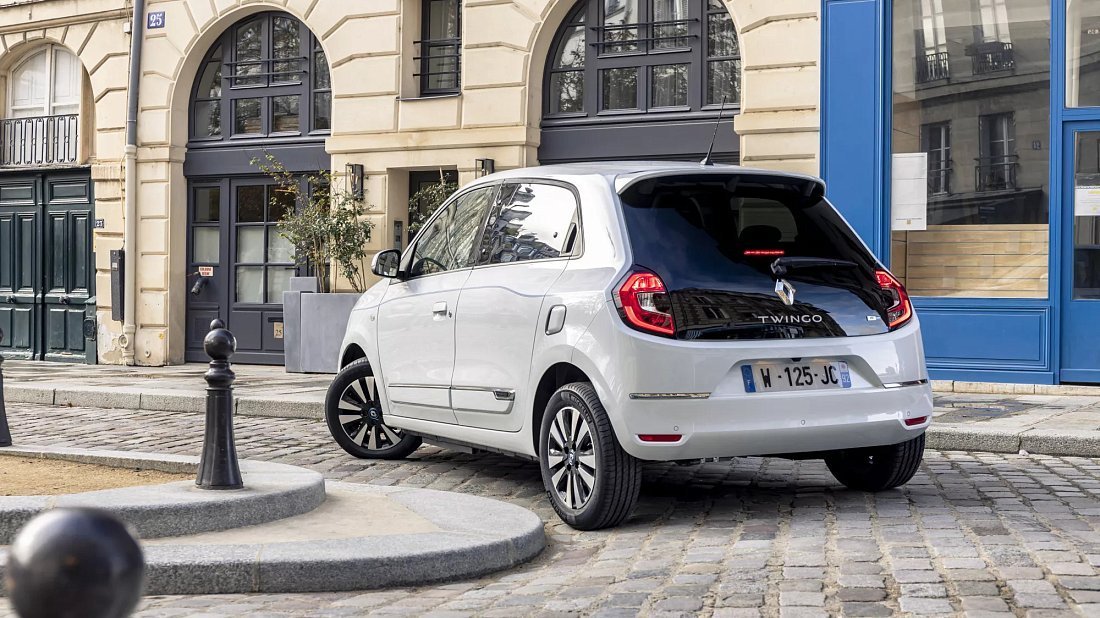
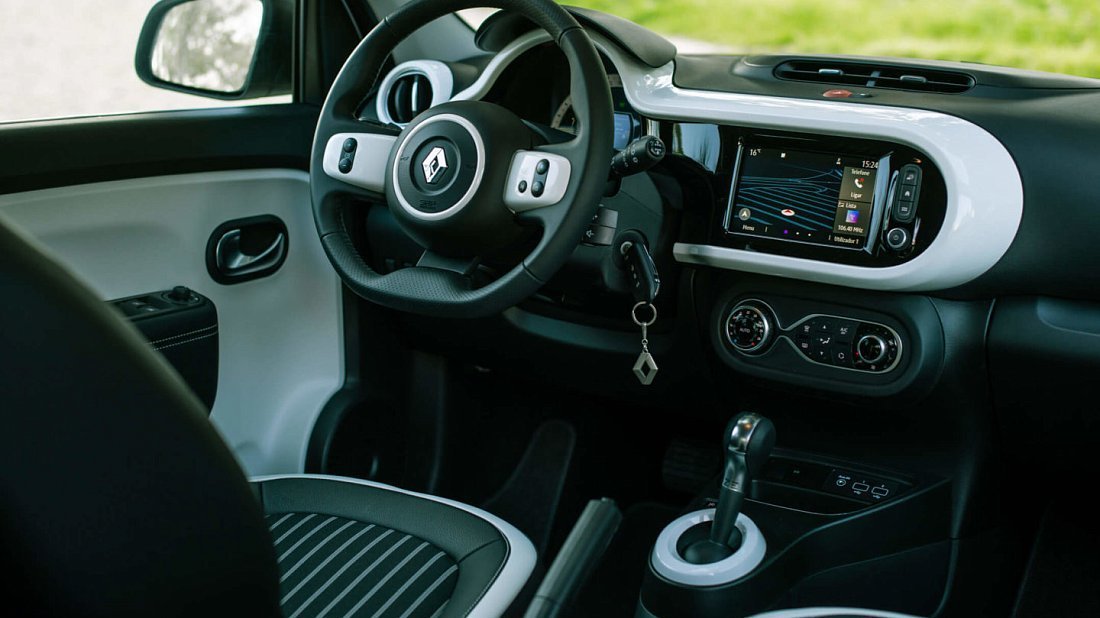

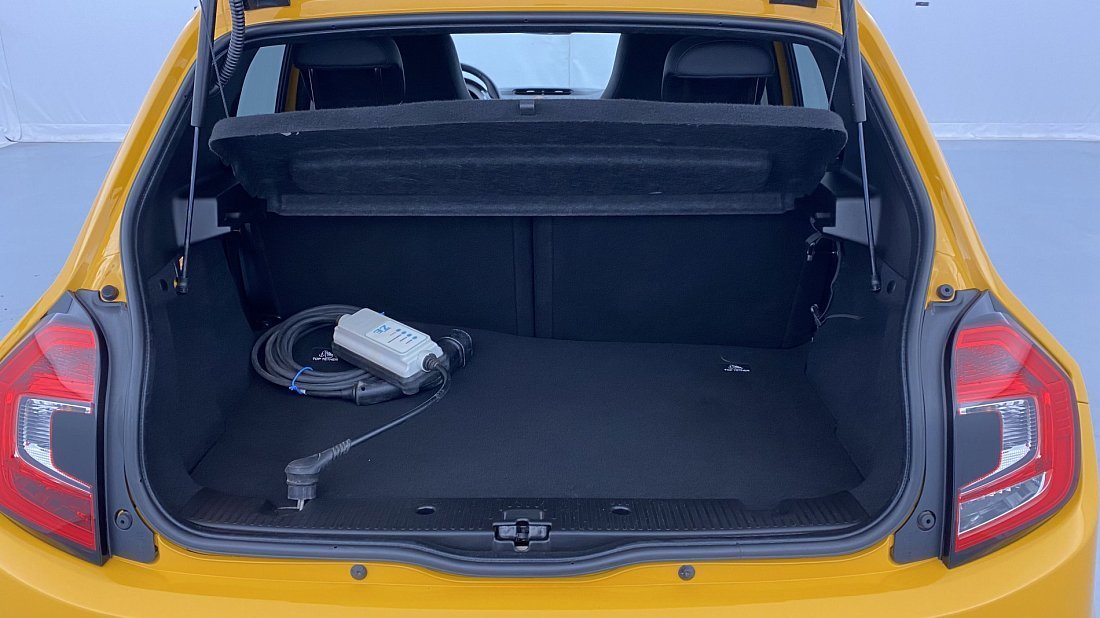
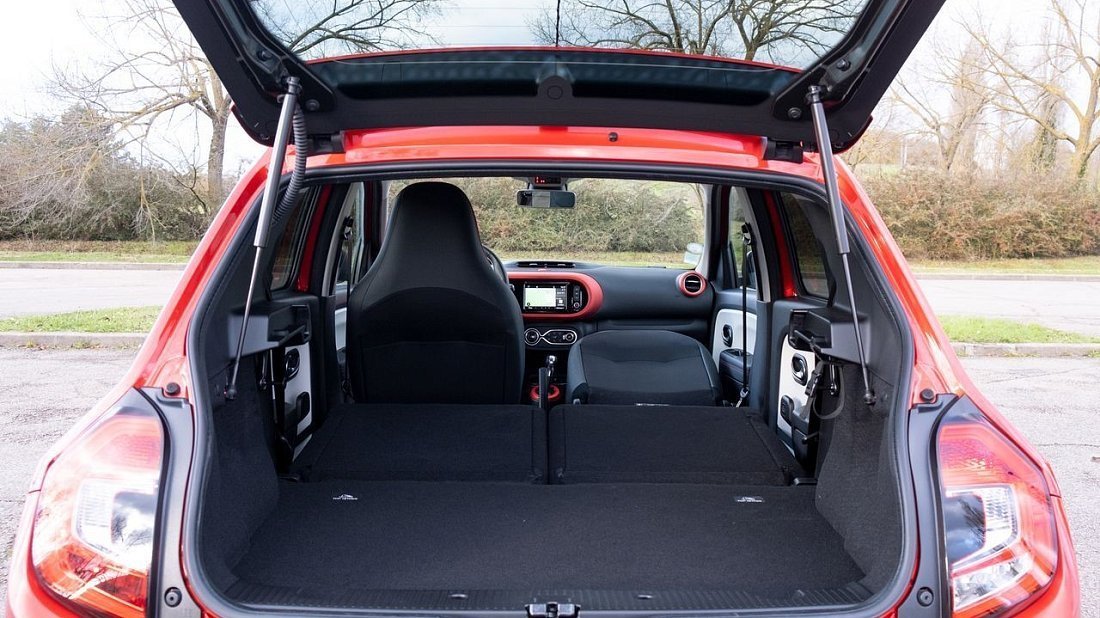
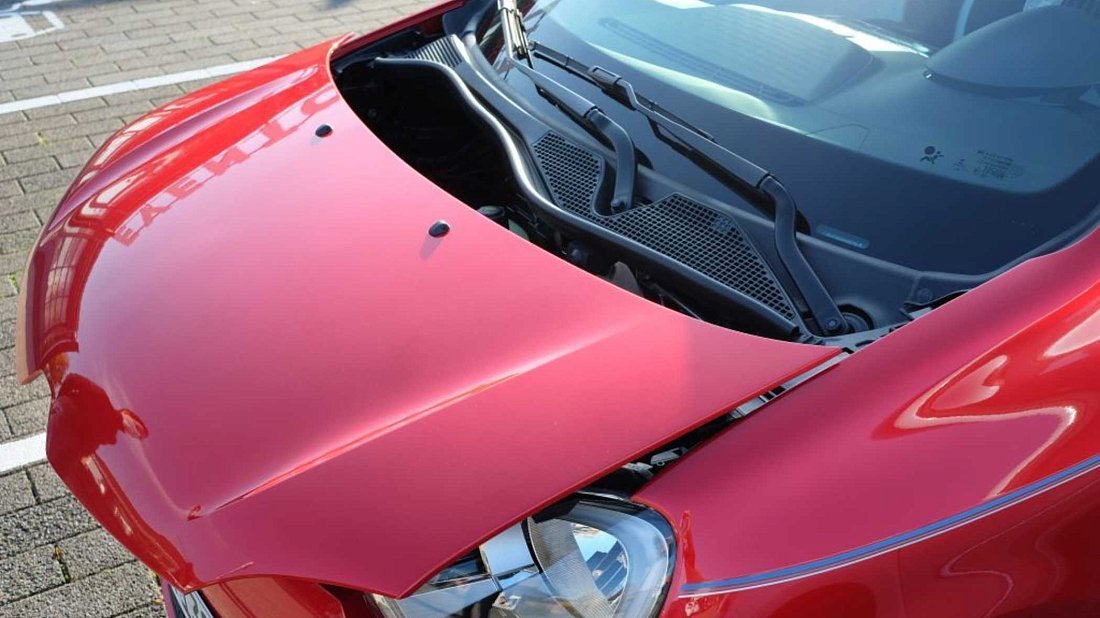

Frequently Asked Questions
The Renault Twingo Z.E. (2020-2024) can accelerate from 0 to 100 km/h in 12.6 seconds (№106 out of 124 ranked positions, among 1014 electric vehicles, with some cars sharing positions) and reach a top speed of 135 km/h.
The car’s powertrain delivers up to 60 kW (80 hp) of power and 160 Nm of torque.
Real-world range of the Renault Twingo Z.E. (2020-2024) is 162 km (№344 out of 370 ranked positions, among 1014 electric vehicles, with some cars sharing positions) — depending on several factors, including:
- Speed: Higher speeds deplete the battery faster.
- Temperature: Extreme cold and hot weather impacts range.
- Terrain: Hilly or mountainous terrain reduces range.
- Driving style: Aggressive driving with frequent acceleration and braking consumes more energy.
- Use of features: Features like climate control and media system also affect range.
It's important to remember that these are just estimates, and your actual range may vary. It's always best to factor in these various factors when planning your trip and be prepared for potential charging stops.
Plan your trips using the EV Navigation interactive map.
In Europe Renault Twingo Z.E. (2020-2024) has a Type 2 (Mennekes) charge port.
- You can charge it at home using a standard domestic socket or plug into any public AC charging station using the right cable. Keep in mind that the car's on-board charger (inverter) limits the maximum AC charging rate to 22 kW, which translates to approximately 151 km of range added per hour of charging.
Estimate charging time, rate and cost using our EV Charging Calculator.
Here are the dimensions and weight for the Renault Twingo Z.E. (2020-2024):
- Length: 3615 mm
- Width: 1875 mm (including side mirrors) or 1646 mm (excluding side mirrors)
- Height: 1541 mm
- Wheelbase: 2492 mm (distance between the center of the front and rear wheels)
- Curb weight: 1112 kg (weight of the empty car, no people or cargo)
Here's a breakdown of the Renault Twingo Z.E. (2020-2024) cargo space:
- Trunk capacity: With the rear seats up, you get 188 litres of cargo space in the back (№204 out of 213 ranked positions, among 1014 electric vehicles, with some cars sharing positions).
- Max cargo capacity: Fold down the rear seats, and you open up 980 litres of total cargo space (№188 out of 219 ranked positions, among 1014 electric vehicles, with some cars sharing positions).
- Frunk capacity: The car doesn’t have a “frunk” (front trunk).
The car isn’t officially rated for towing.
